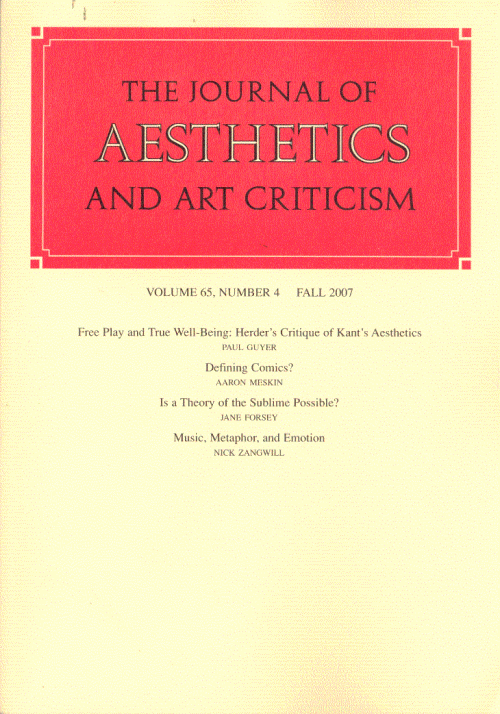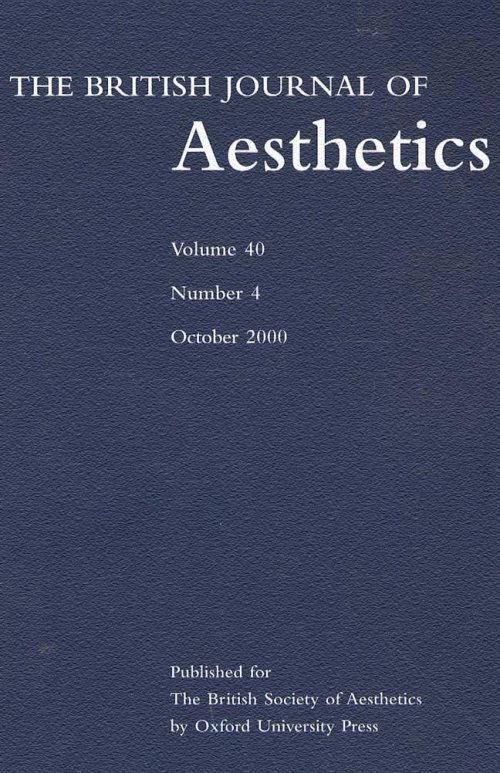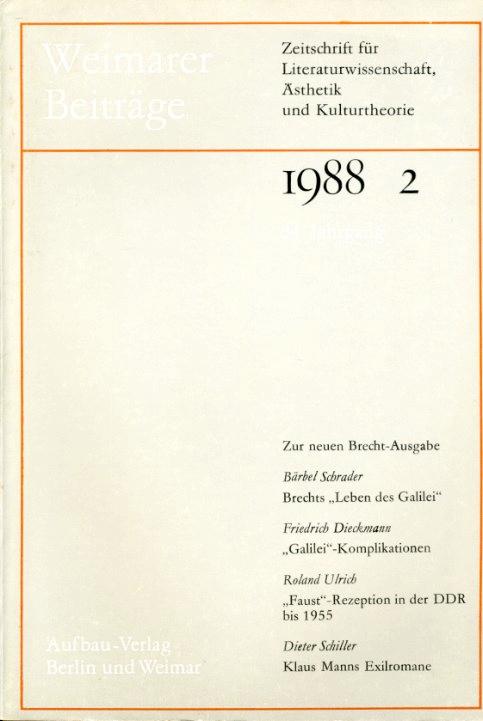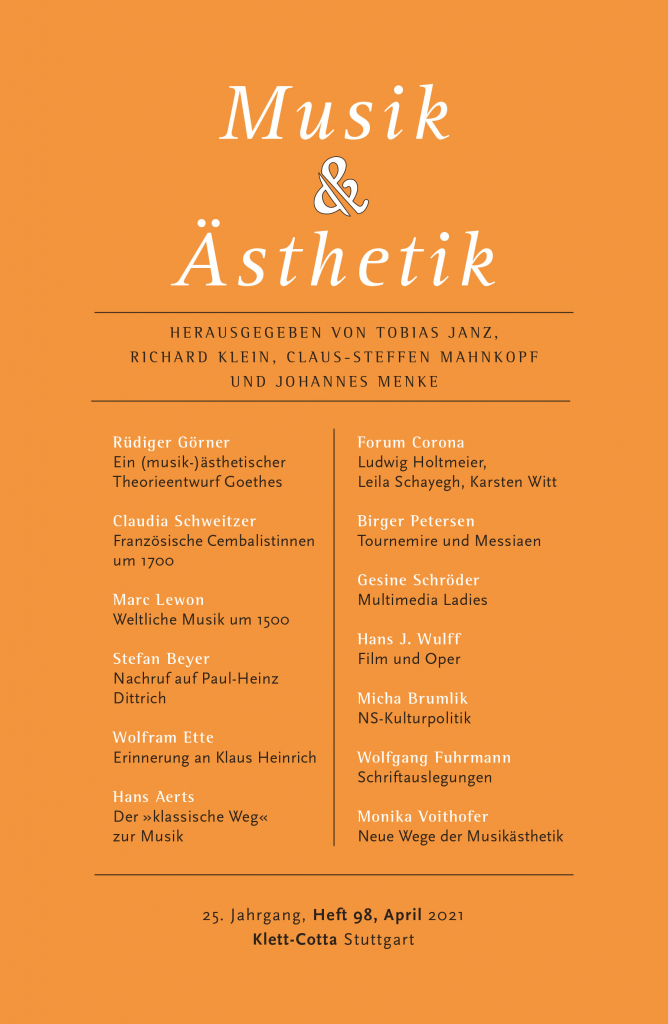Download the excerpt, “Why Don’t Art Historians Attend Aesthetics Conferences?”
 This book is vol. 1 of the Art Seminar series (see the series page for more information).
This book is vol. 1 of the Art Seminar series (see the series page for more information).
The relation between aesthetics and art history is partly institutional (the two are divided in Western universities, although they have often been mingled in east Asian universities) and partly conceptual (because one attends to properties that are said to be universal, and the other to how those properties have been understood at different times and places).
These differences are a large, unresolved problem in the study of art practice, art theory, and art criticism. I gave a paper on this topic once at the American Society for Aesthetics, asking why art historians didn’t attend aesthetics conferences—but the timing wasn’t good, because Michael Kelly pointed out that T.J. Clark and Thierry de Duve were both in the audience. But it’s still mainly true: aesthetics was once a part of art history, and then, after Lipps, Vischer, and others, it became a distinct discipline. In China and Japan, traditions of mingling what are now called art history, aeshthetics, and art practice continue. The questions go to art history’s sense of itself at any given time.
This book centers on a panel discussion about the relation between art history and aesthetics; there is an Introduction by Robert Gero, Afterwords by Jay Bernstein and Marc Redfield, and assessments by Arthur Danto, Thierry De Duve, Diarmuid Costello, Andrew Benjamin, Stephen Melville, Adrian Rifkin, Paul Crowther, Wendy Steiner, John Hyman, Richard Woodfield, Anna Dezeuze, Keith Moxey, Matthew Rampley, and about twenty others.
The essay posted here, “Why Don’t Art Historians Attend Aesthetics Conferences?” is a chapter in the book.
These are other examples of aesthetics journals, the sort that art historians seldom read.





